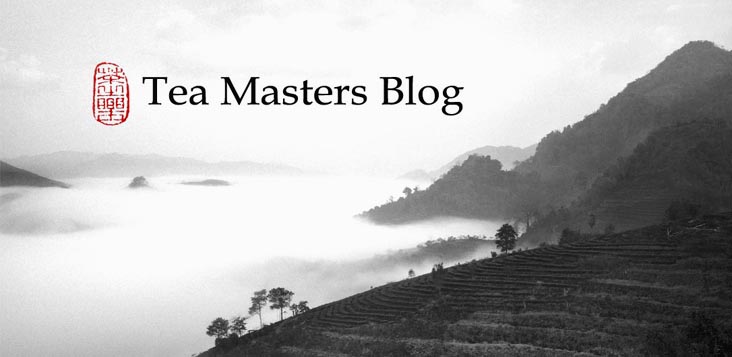 |
| Big, footed cup |
His noble and ancient name can be traced back to the Carolingian era. Due to the French revolution, I guess, his ancestors left France for the French overseas territories. Born in Guadeloupe in 1971, he grew up in New Caledonia (930 miles east of Australia). There, he led a very free and wild childhood at the contact with the local tribes. Think Robinson Crusoe. He is the kind of guy who builds huts or kilns from scratch, almost with his bare hands. A young adult, he left New Caledonia for 3 years to study pottery with Japanese potters in Japan and Canada. He returned to New Caledonia and worked as a potter for 10 years before moving to France (with his French wife). David Louveau also practiced martial arts and was an acrobat in his younger years.
 |
| 150 gram / 5-6 cl |
For a potter, nothing is more important than good clay. (See my article on teapots, for instance). In 'A potter's book', Bernard Leach (1945) explains that the raw material will impact the character of pottery and recommends to use local clay.
This is exactly what David did for these cups. The earth comes from holes he dug near La Borne, an ancient pottery town in the center of France. This raw earth is the clay David has used the very same day after digging it out. It is completely unrefined. He then uses a shino type of glaze that is also made with unrefined, natural materials.
This explains why the cups feel so rough and natural.
The best place to observe the clay is the bottom of the cup. This unglazed part has also had the least impact from the firing. So, that's where you can see how unrefined the clay is.
The many color variations on these cups come mainly from the wood firing in this small anagama kiln. (1 sqm volume). The cups were placed at the back of the kiln. The temperature reached 1350 degrees Celcius (2462 Fahrenheit!). This high temperature has completely hardened the clay and glaze. This smooth 'rock' feeling is not a small achievement.
Traditional wood firing is difficult to control. The side exposed to the fire takes a different color than the other side. There are so many nuances in-between. This is what makes it so fascinating: each cup is like a chocolate from Forrest Gump's box: you never know what you'll get!
 |
| Cylinder shaped cup |
 |
| 128 gram / 6 cl |
These Earth and Fire cups are true reflections of David Louveau's approach and personality. He channels the untamed energy of rough clay and wood fire into these primal shapes. The energy is there to see and touch.
And to drink also! These cups are very good fits with puerh. Shu pu looks even darker in them! The cups magnify the natural, wild energy of puerh.
Thank you so much, David, for sending me these 10 wonderful cups that I'm adding to my selection!
 |
| Small cups, 100 gram and 4-5 cl |
The color changes due to the wood firing is very obvious: the darker parts are those that had less contact with the fire.
This bowl feels more porous, because the firing temperature was lower than what David reaches nowadays. Here, we can measure how his firing skills have improved with time and experience. He has gongfu!
And these 3 marks inside the bowl show that another bowl was stacked inside it during the firing!


















8 comments:
Wonderful post stephane,
I almost always drink shu pu out of the David Louveau cups we received from you last year. They add a realm of unrefined beauty to any cha xi, and have a subtle softening effect on the tea. These cups are magnificent pieces of art!
The cups and the bowl are all amazing and beautiful! Thanks for sharing them with us.
A Legend..
Dear Stephane,
Pat beat me to this post!
I was going to ask how these compare to his river clay cups, which I believe you also suggested for Shou Pu'?
How do you think the glaze v unglazed effects the tea?
- Jason
[Tea Institute at Penn State]
Thanks for all your great comments.
Jason,
the unglazed cups absorb the flavors a little bit more. What remains similar is the depth and thickness of the taste.
thank you Stephane for this article, it's so nice to see my cups shinning like stars on your blog, and thank you evry body for the comments,you give me strong power, to stay on my potter way, thank you very much.
It's spring and time for new teas.
beautifull time !
Great article!
I have just had the chance to taste your Lincang 2006 raw pu erh in David's cup. What a marvellous tasting experience. The tea is perfectly magnified.
Thanks David and Stéphane.
Post a Comment